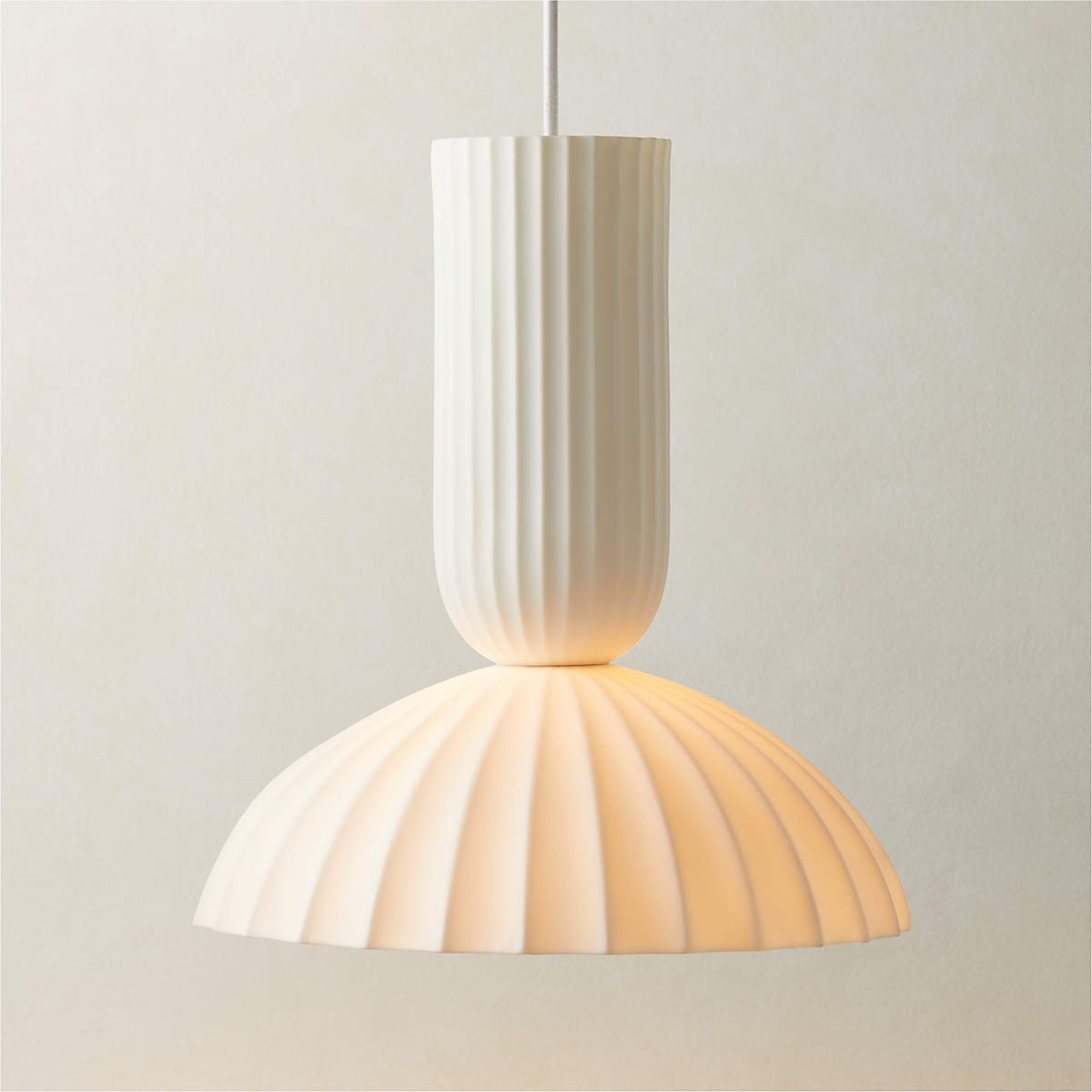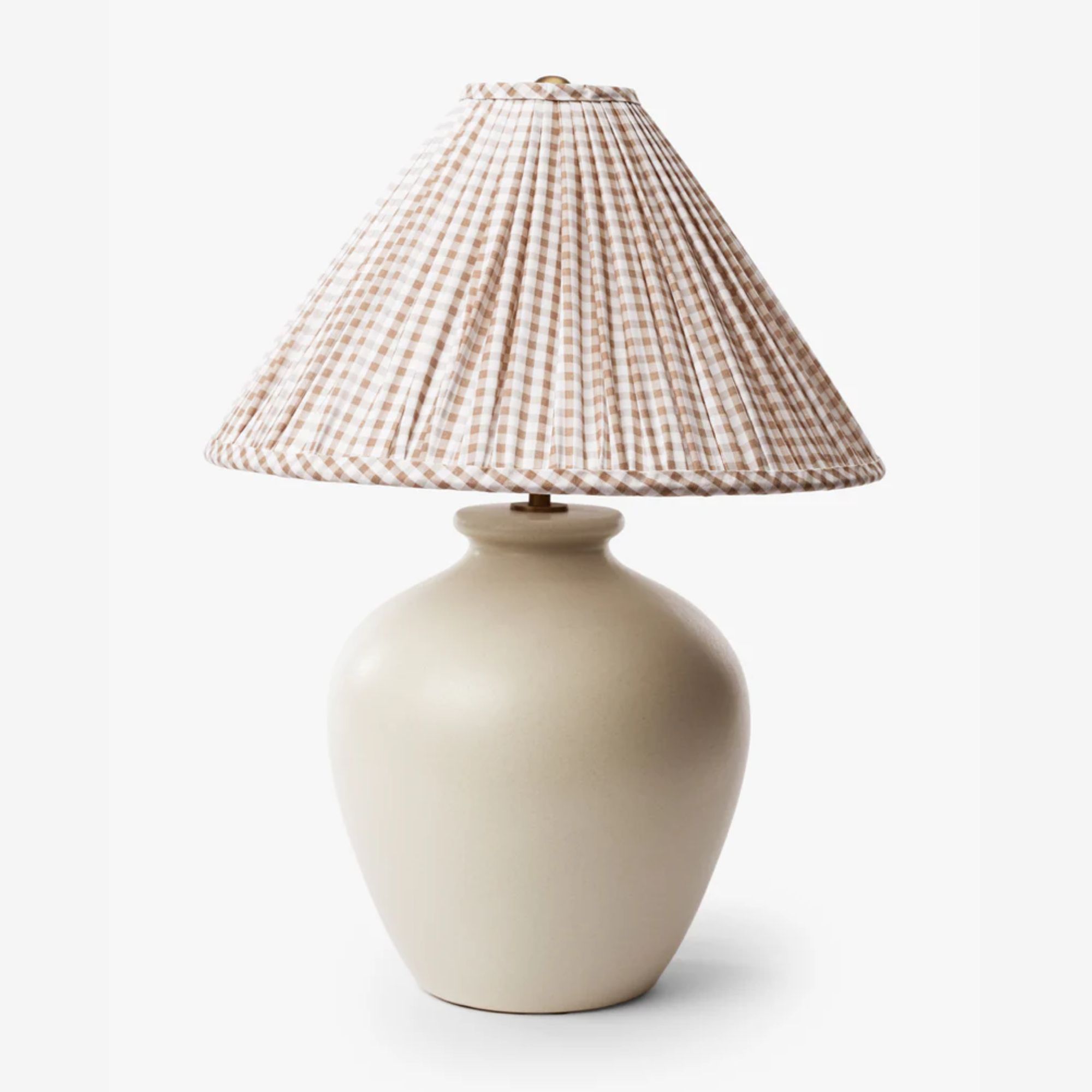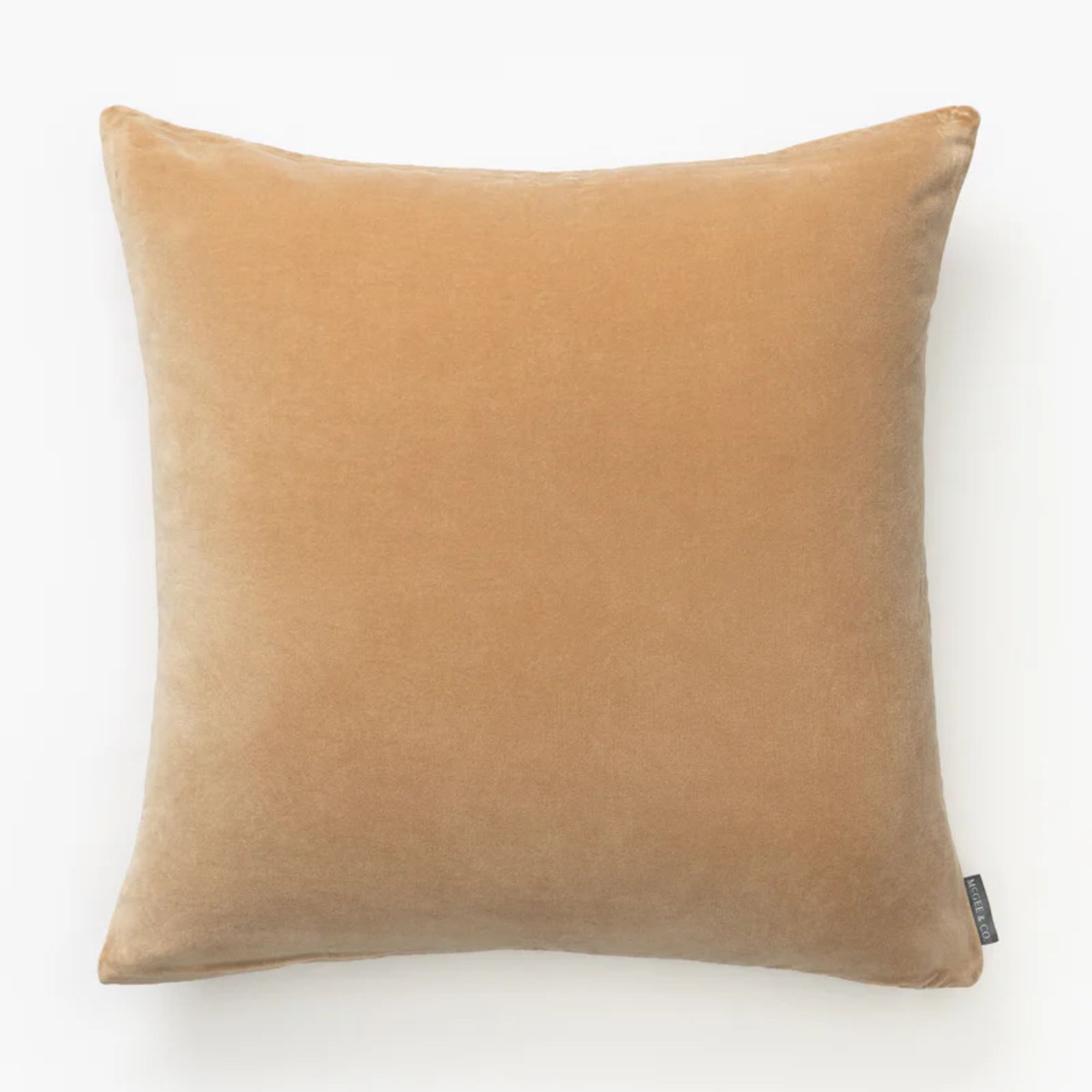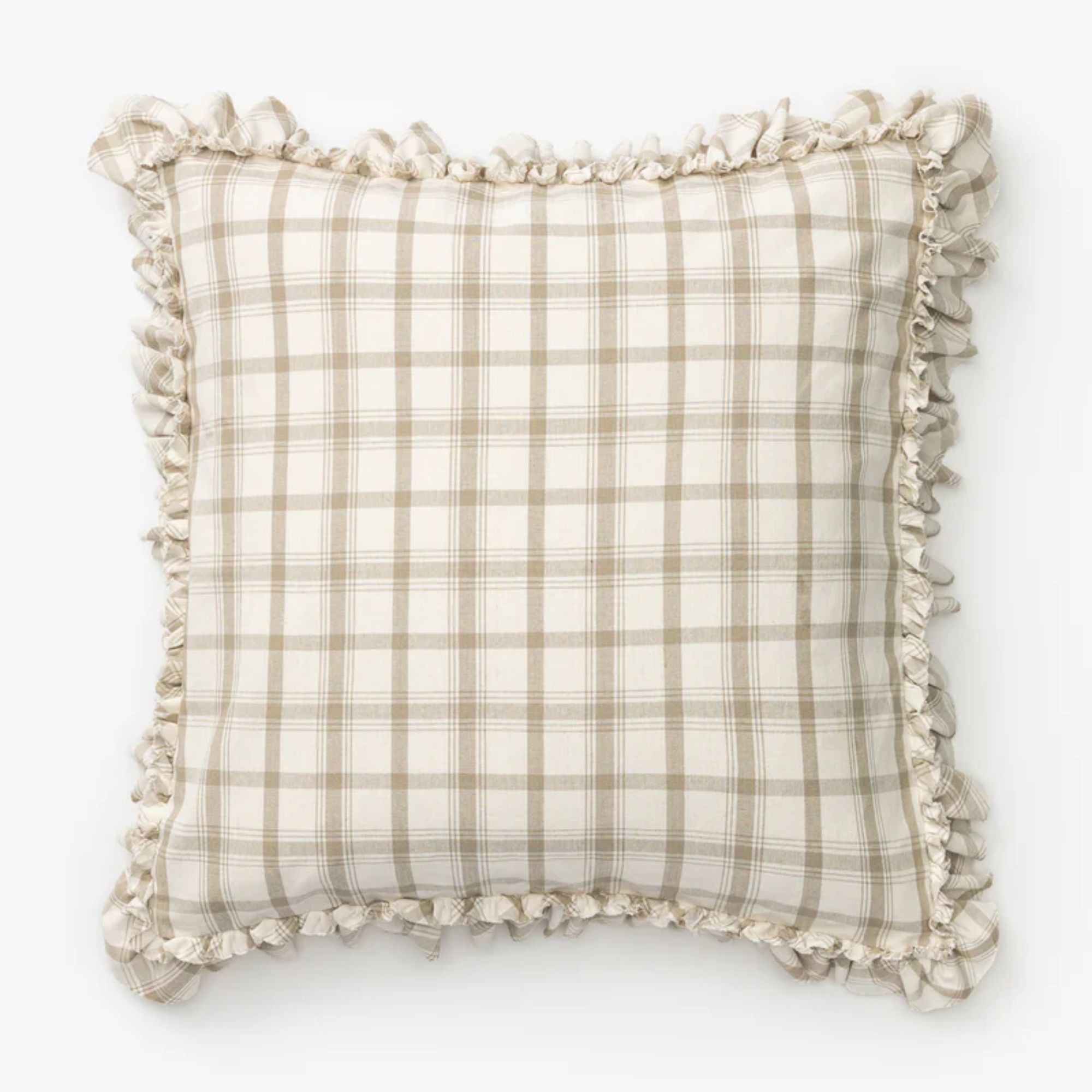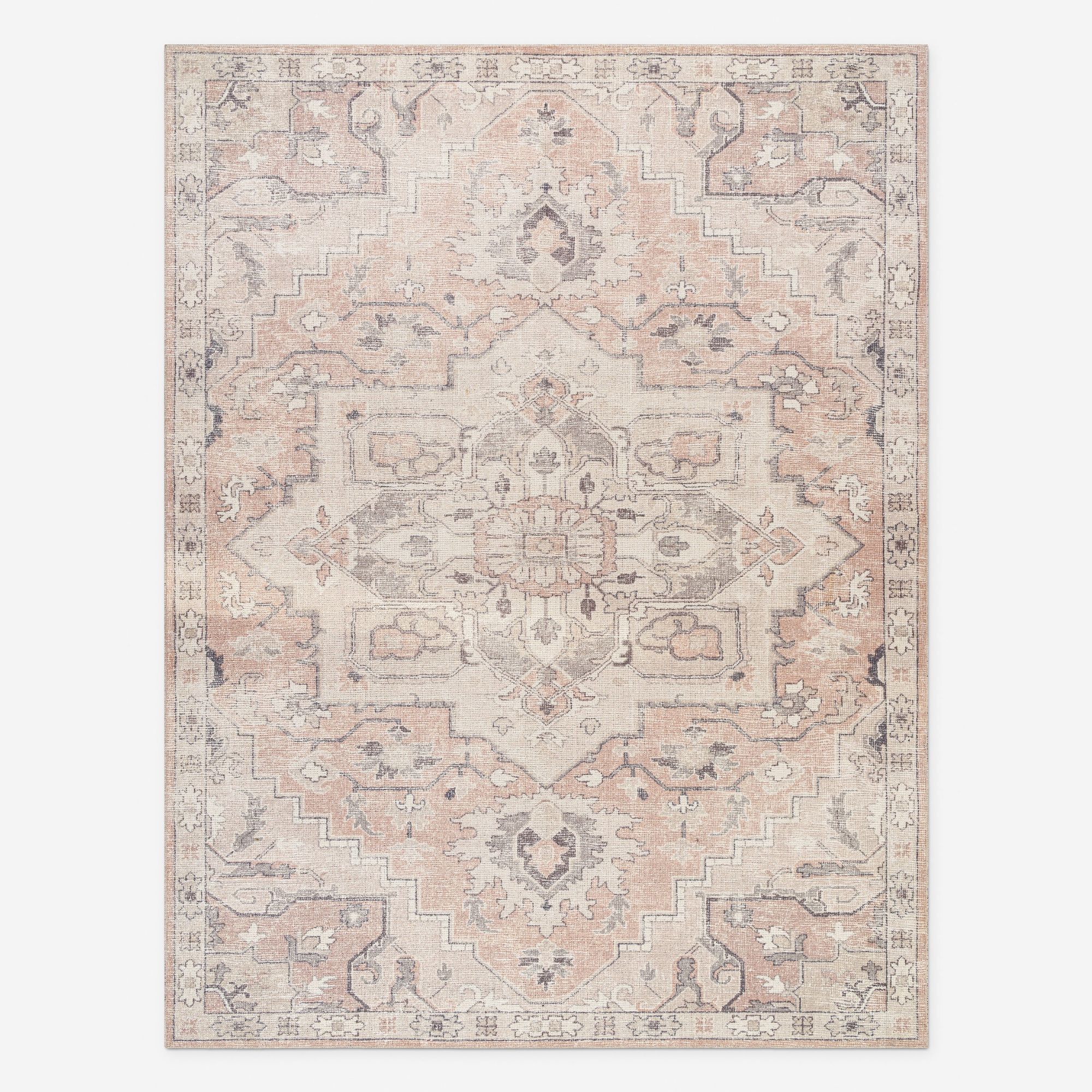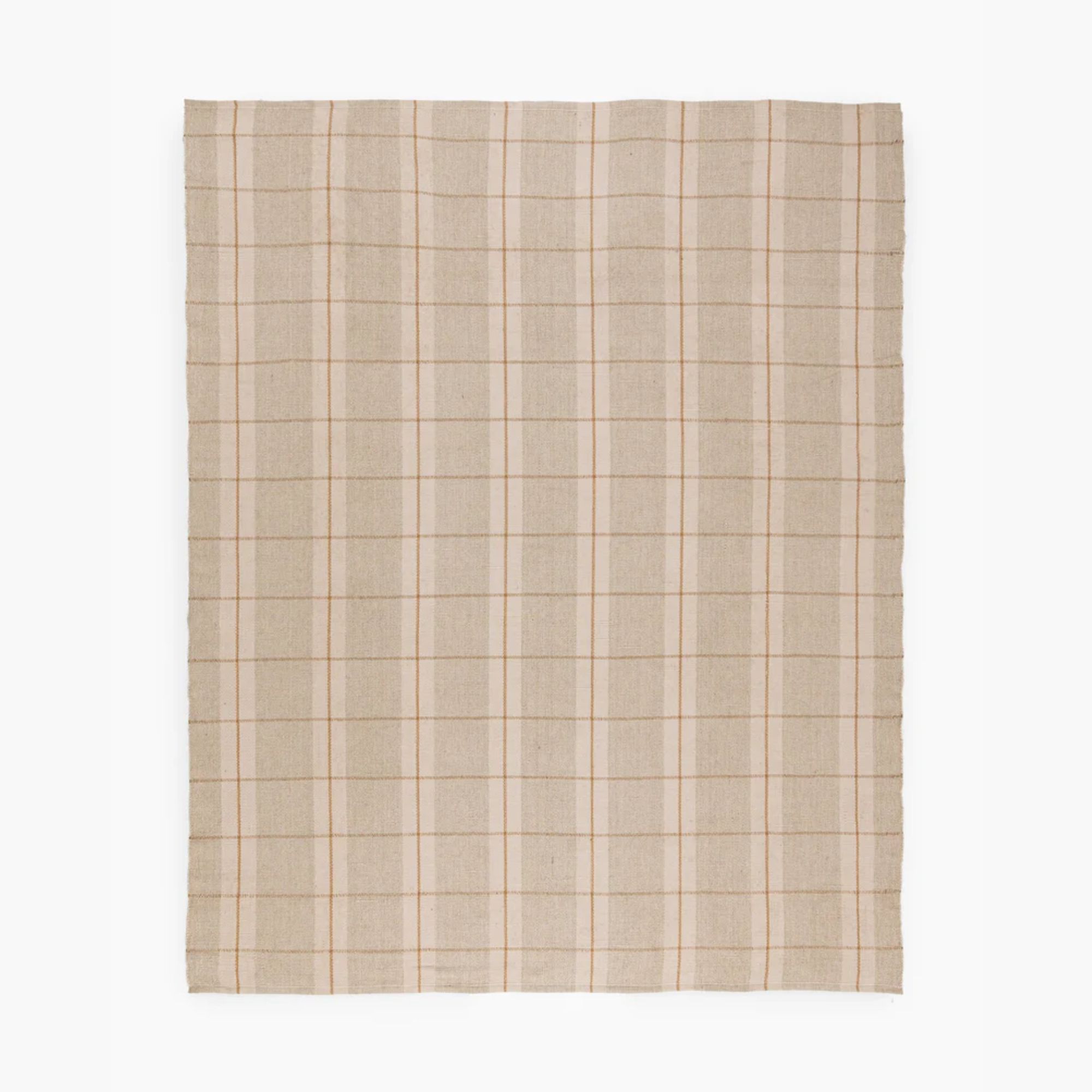Decorating with neutrals – 17 design and decor ideas from interior designers for a stylishly pared-back space
Designers explain how to create a perfectly balanced neutral scheme, from kitchens to living rooms
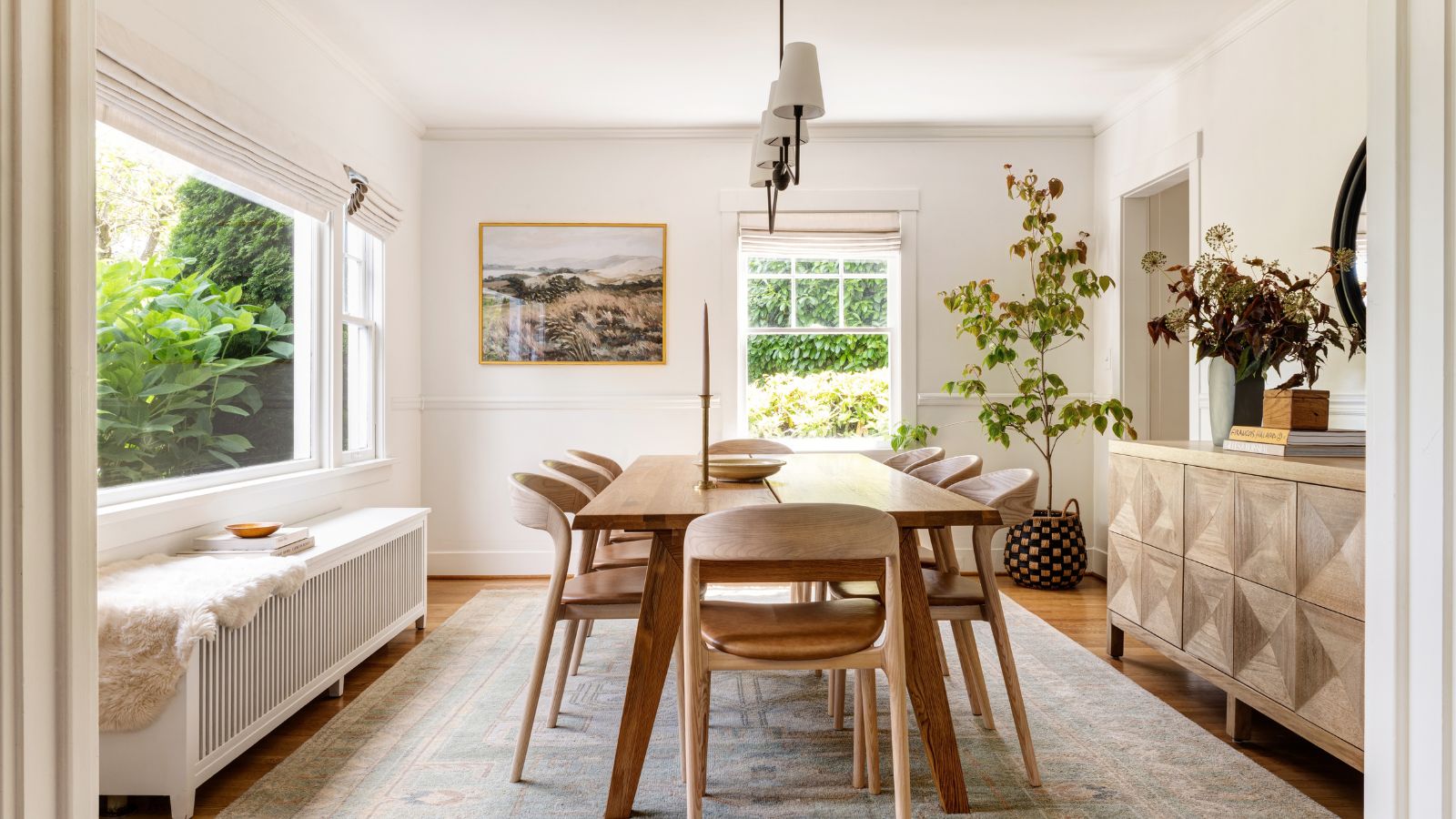
- 1. Decorate with greige paints
- 2. Layer interesting materials
- 3. Create a calming bathroom
- 4. Incorporate pattern into your neutral scheme
- 5. Add interest with lighting
- 6. Decorate with off-white paints
- 7. Incorporate artwork
- 8. Add warmth to a neutral kitchen with natural wood
- 9. Embrace white for a calming space
- 10. Layer white paints
- 11. Focus on textural layering
- 12. Create a modern scheme
- 13. Add drama with dark and moody paints
- 14. Add character with vintage pieces
- 15. Create a light and airy dining room
- 16. Add an unexpected color
- 17. Boost warmth with a plush rug

Decorating with neutrals is one of the most timeless decorating ideas. Far from boring, a perfectly layered neutral scheme that offers plenty of textural interest feels timeless, calming, and sophisticated.
And while neutral room ideas have evolved significantly in recent years – shifting from crisp whites and cool neutrals to much richer, warmer schemes – their appeal and popularity among designers are enduring.
Here, we explain all you need to know about decorating with neutrals, rounding up some of our favorite neutral schemes with designers' decorating tips and tricks. From choosing the best neutral paints to tried and tested color rules for neutral schemes, these expert ideas will ensure your neutral rooms are as chic as they are calming.
1. Decorate with greige paints
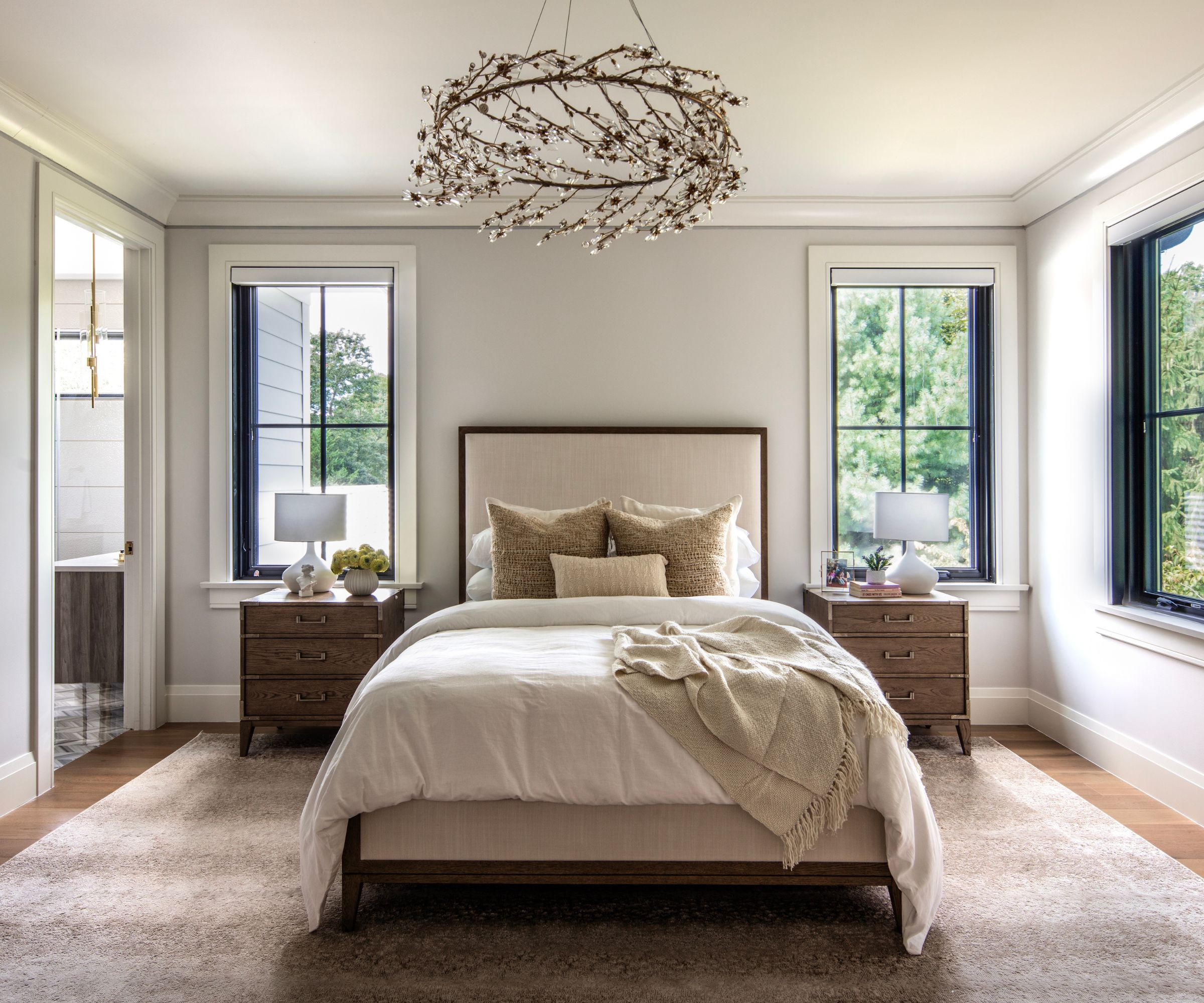
When it comes to paint ideas for your neutral room, consider the best greige paints. With more depth than gray yet not as warm as beige, greige offers balance as an understated backdrop for the rest of your room's decor. Designer Elizabeth Ego of Agape Design Studio explains why greige walls were chosen for this relaxing bedroom:
'This bedroom showcases a neutral color palette that feels both inviting and sophisticated. The wall color is a warm ’greige’ that provides subtle depth while maintaining a soft, airy quality. This choice enhances natural light while creating a calming and timeless foundation for the space – plus it shifts in tone throughout the day, offering a dynamic but understated elegance.'
Elizabeth adds that the textures and textiles throughout the space help to create a cozy feel: 'We layered neutral textiles in the bed linens, throw blanket, and pillows – they are all in varying shades of off-white, warm beige, and taupe, creating a cozy, layered effect. Textural contrast keeps the space from feeling flat. The nightstands and bed frame feature a mid-tone wood that complements the neutral backdrop while adding warmth and an organic touch that enhances the serene atmosphere.'
2. Layer interesting materials

In this open living space designed by Bryan Design Group, zoning in interior design defines separate areas, while a mix of materials adds depth and prevents the neutral colors from feeling flat.
'We took our client’s space and styled a furniture plan to create two different zones separated by a sofa back table with stunning textural table lamps. The mixture of wood, stone, and dark and light fabrics and finishes helps keep the space interesting and balanced,' explains Marcia Bryan of Bryan Design Group.
'Don’t let layers be mistaken for clutter, layers can be pillows stacked on pillows as seen in our swivel chairs or niches with wall art and an accurately proportioned accessory in front. Don’t overthink it, but remember that layers, texture, and depth of field are always necessary design elements to incorporate in your neutral space,' says Marcia.
3. Create a calming bathroom
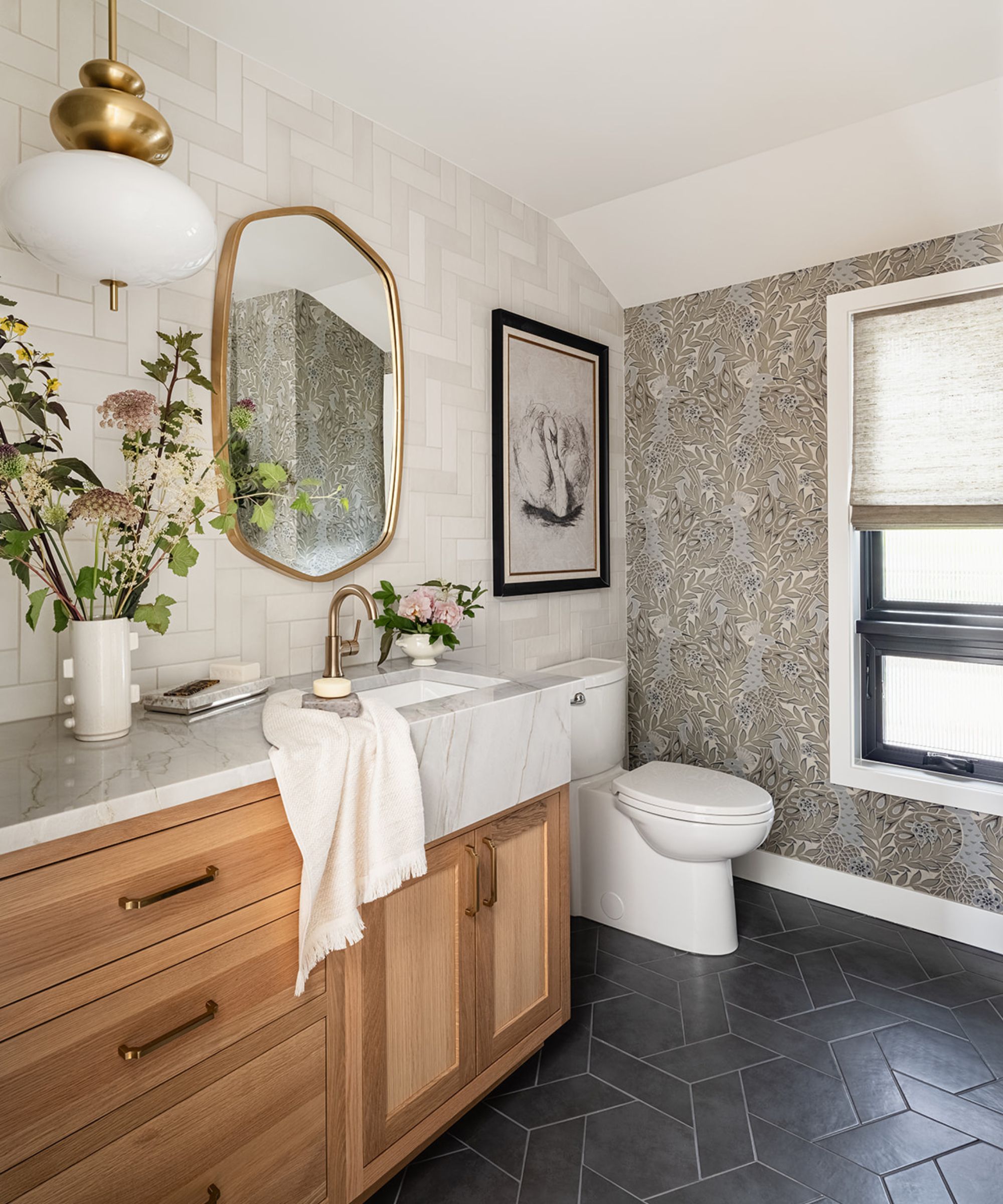
While neutrals are a timeless choice in all rooms, they can be especially well placed in bathrooms thanks to their calming feel. Below, interior designer Jessica Dorling explains the design of this neutral bathroom:
'In this bathroom, the light wood vanity contrasts beautifully with the darker geometric floor tiles, establishing a balanced foundation. Soft, nature-inspired wallpaper adds subtle pattern and depth, while a creamy herringbone tile backsplash refines the space.
'Brass accents in the mirror, hardware, and lighting introduce warmth and sophistication, ensuring the room feels inviting rather than stark. By thoughtfully blending these elements, the design achieves a timeless, serene aesthetic that is both fresh and effortlessly chic.'
4. Incorporate pattern into your neutral scheme

In this living room, interior designer Natalia Miyar used a neutral color palette elevated by decorating with patterns through the upholstery. The result offers plenty of design interest and ensures the space doesn't appear flat.
'We used the neutral palette specifically in this project as it accentuates the wonderful natural light that comes through the windows. I believe that when the architecture of the house has given you this chance you need to embrace it and enhance it. All the furniture and features come to life naturally and create a vibrant yet balanced interior with an overall harmony. This strategy makes the space feel airy, open, and full of life, but in a very natural and calming way,' explains Natalia.
5. Add interest with lighting
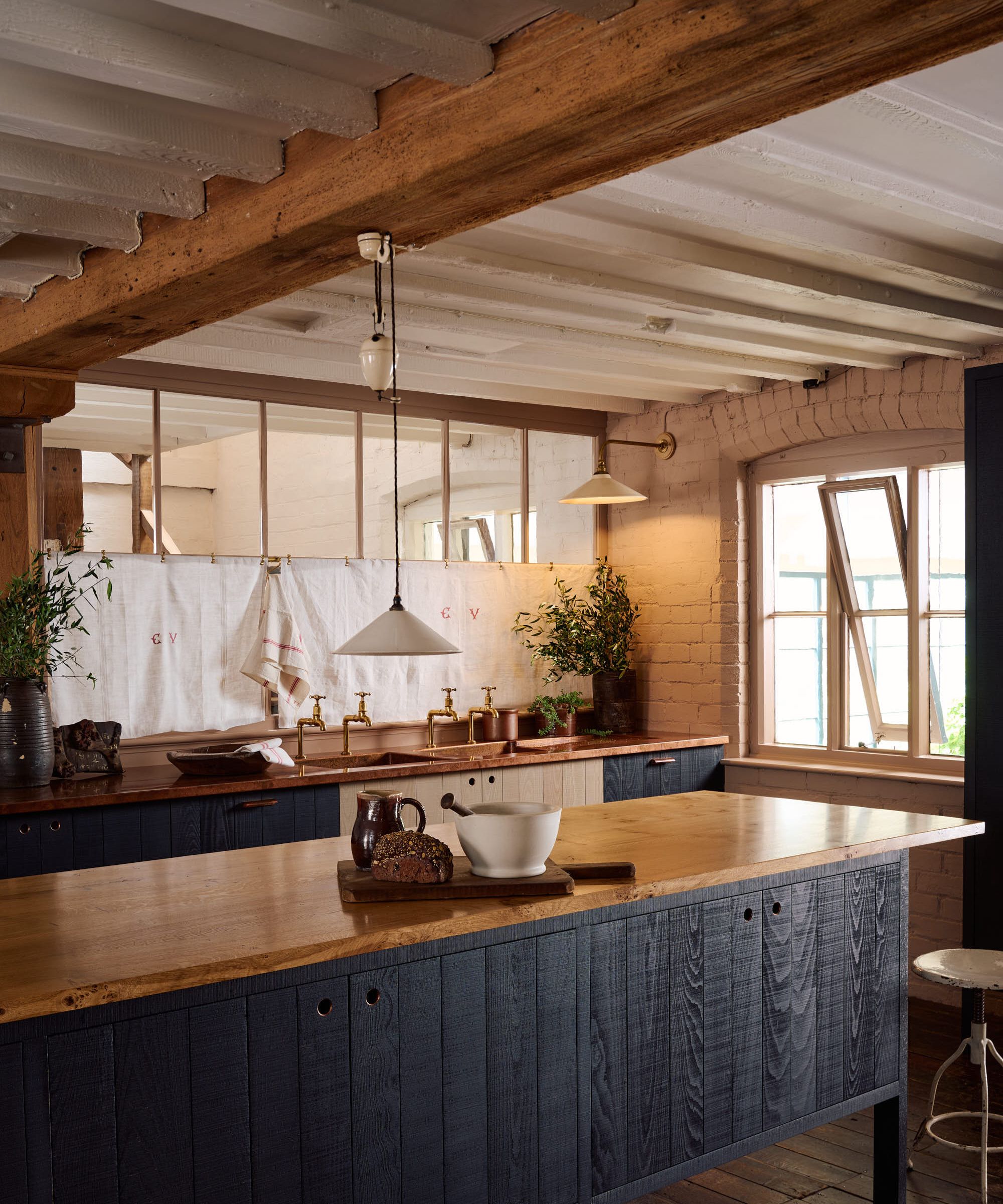
Lighting ideas are an important consideration when decorating with neutrals. While warm-toned lighting will generally be more flattering and complementary in warm color schemes, the actual design of lamps, sconces, or pendants is another way to add visual interest to a room.
'Use interesting lighting to add both function and flair,' suggests designer Swati Goorha. 'Sculptural table lamps or a bold pendant light can create visual interest and give the room a more dynamic feel, especially with layered lighting to play with the ambiance.'

This ceramic table lamp is simple yet stylish, helping you achieve a modern rustic look in your home.
6. Decorate with off-white paints
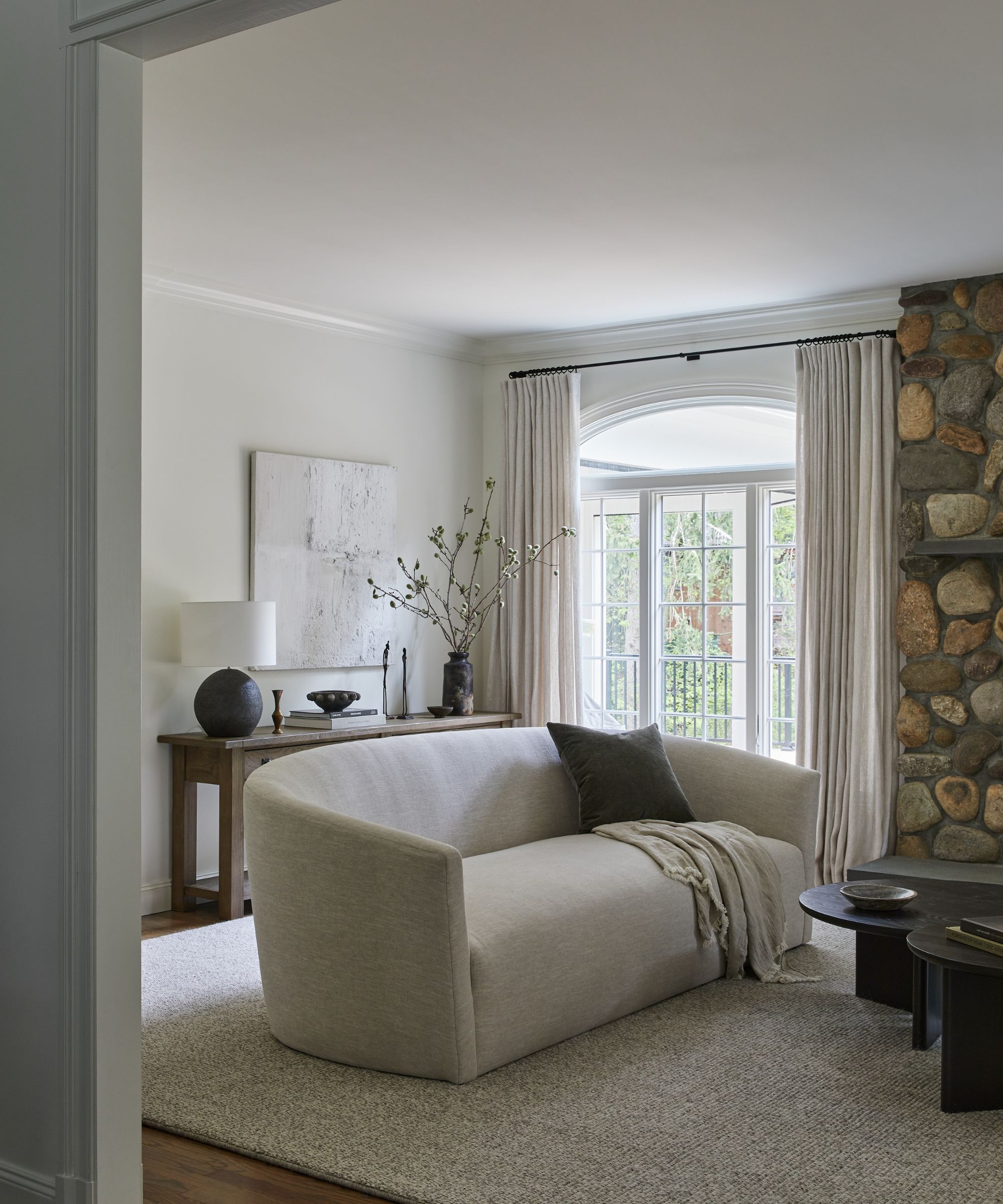
Rather than using white paints in your neutral room, which can often appear stark, consider off-white paints, such as warm white paints, which feel softer and more welcoming.
'My go-to off-white paint color is White Dove OC-17 by Benjamin Moore,' explains Steph Schlegelmilch, founder and principal designer at Studio Seva. 'It just looks good in every home we touch! It’s creamy and soft, and always a home run when we match the ceiling, trim, and walls all the same color.'
7. Incorporate artwork
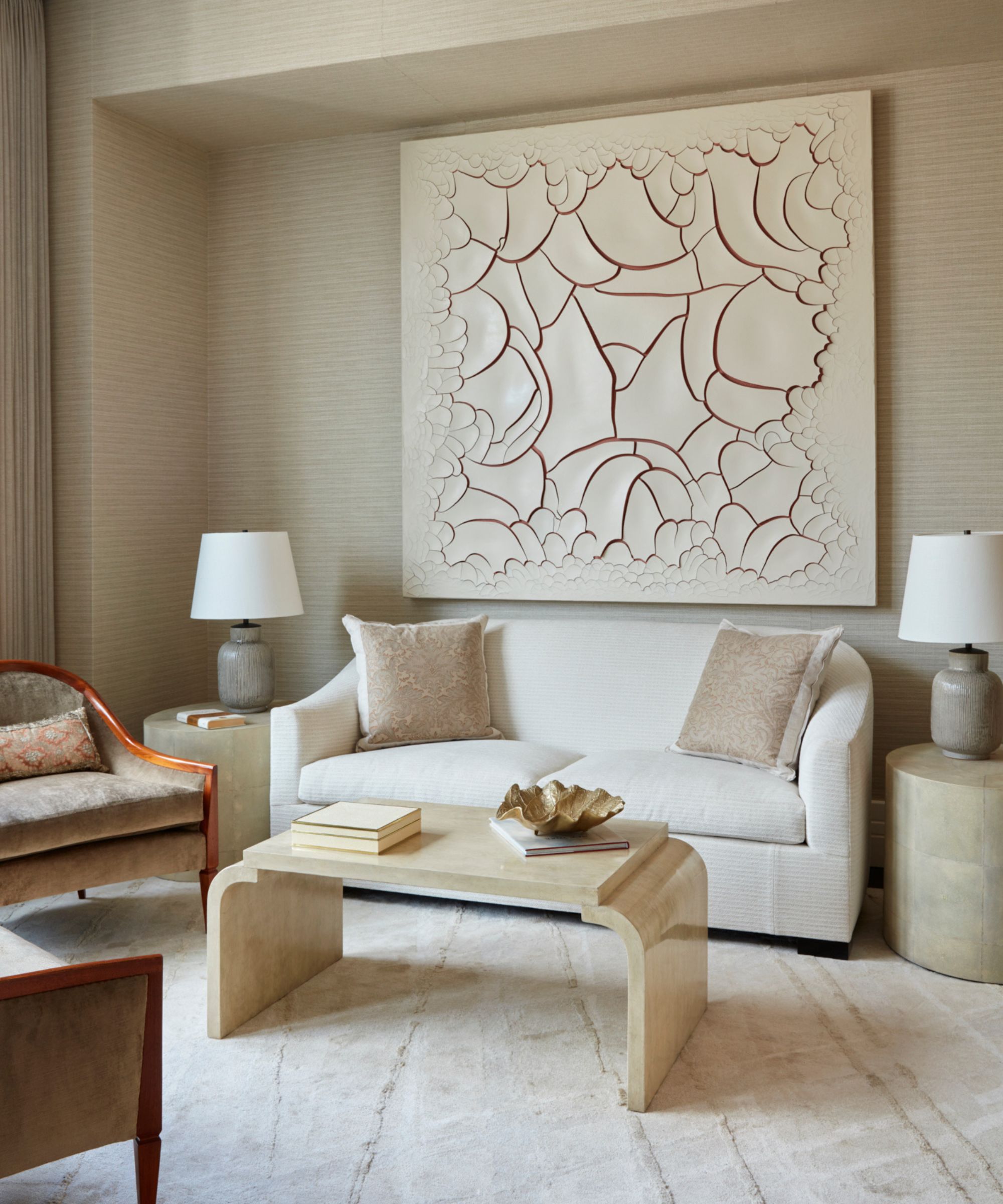
Another way to add interest to a neutral scheme is to decorate with art, as explained by San Francisco-based interior designer Suzanne Tucker of Tucker & Marks:
'The seating area in this NYC bedroom tells a soothing tale of pale but warm creamy neutrals with a custom lacquer coffee table and shagreen side tables – a color palette inspired by the mesmerizing piece by Brazilian artist Adriana Varejão. When decorating with neutrals, a variety of inviting and intriguing textures is key, hence the upholstered walls and yummy silk rug underfoot.'
8. Add warmth to a neutral kitchen with natural wood
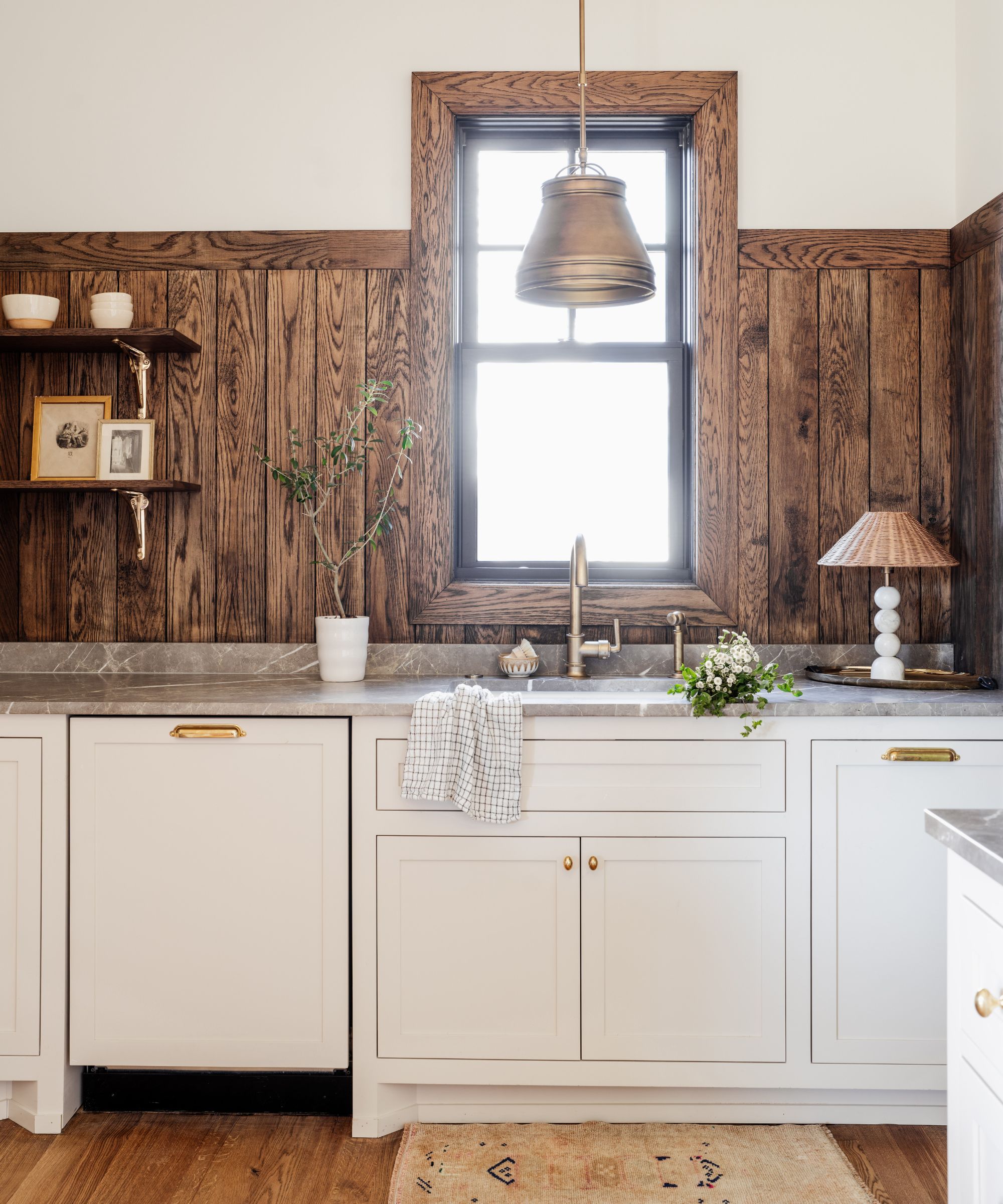
Incorporating natural wood into your neutral scheme is a simple way to add depth, especially if you're style reflects rustic decor ideas or farmhouse decor ideas.
'This kitchen blends soft neutrals and rich textures for a welcoming, balanced look,' explains Laura Lubin of Ellerslie Interiors. 'The white cabinetry creates a fresh, clean feel, while stained shiplap on the walls adds warmth and depth. The honed grey marble countertops provide a subtle contrast with their cool tones, perfectly complementing the warmth of the wood.'
'Gold accents, from hardware to light fixtures, bring a touch of luxury and highlight the beauty of the natural materials. The mix of cool and warm elements, along with the marble and wood, creates a dynamic and inviting space. This design shows how combining neutrals with different textures and metallic touches can create a timeless, functional kitchen that feels both open and grounded,' says Laura.
9. Embrace white for a calming space
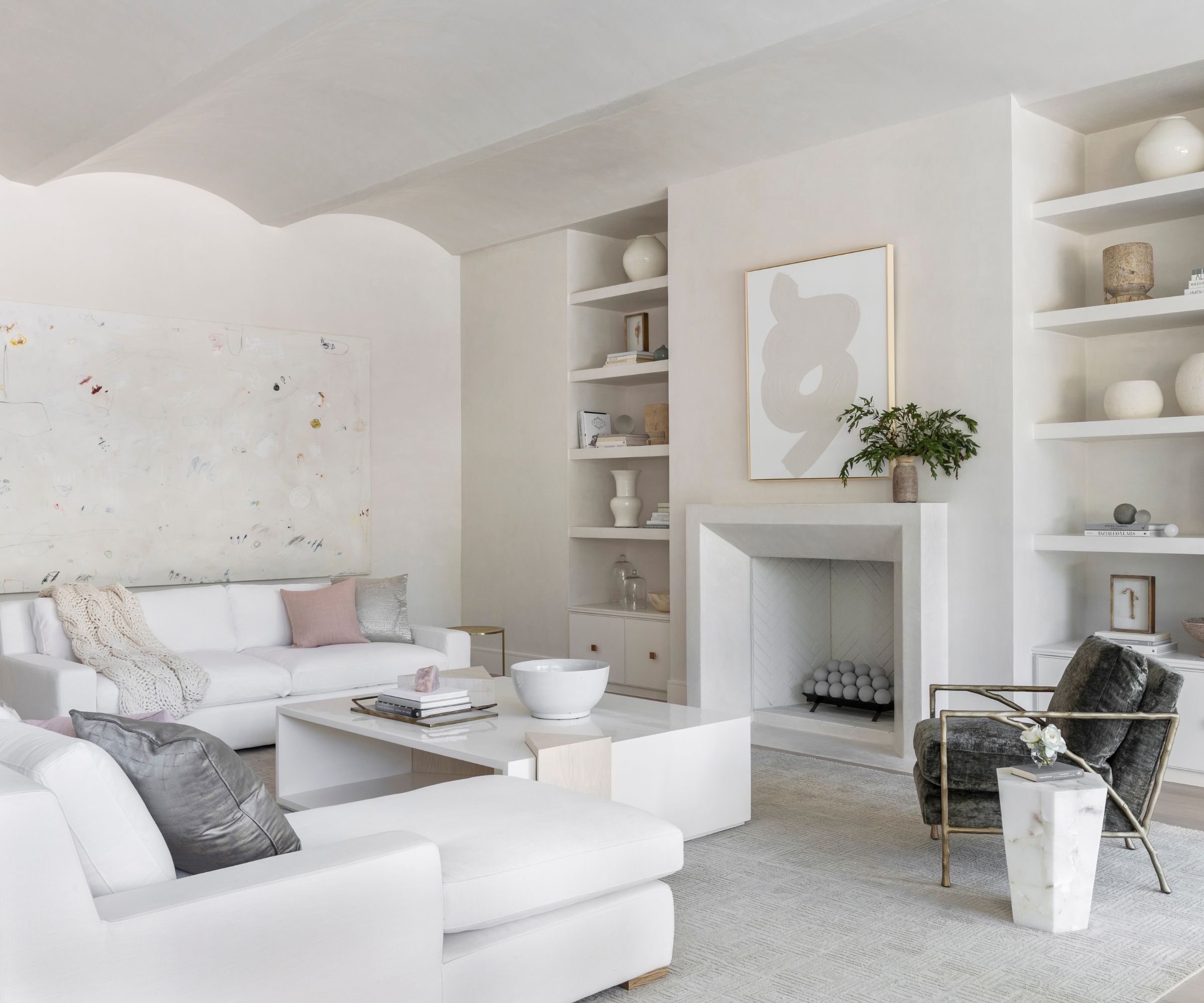
Don't rule out decorating with white. While all-white rooms have somewhat fallen out of favor, a carefully considered white room with meaningful pieces is the ultimately calming space, much like this white living room designed by Marie Flanigan Interiors.
'In the living space, sculptural elements and plush furnishings offer both structure and warmth,' explains Marie Flanigan. 'Subtle variations in tone keep the space dynamic yet restful. This approach to neutrals is anything but stark – it’s about balance, where texture, light, and quiet touches of color create a home that feels timeless and inviting.'
10. Layer white paints
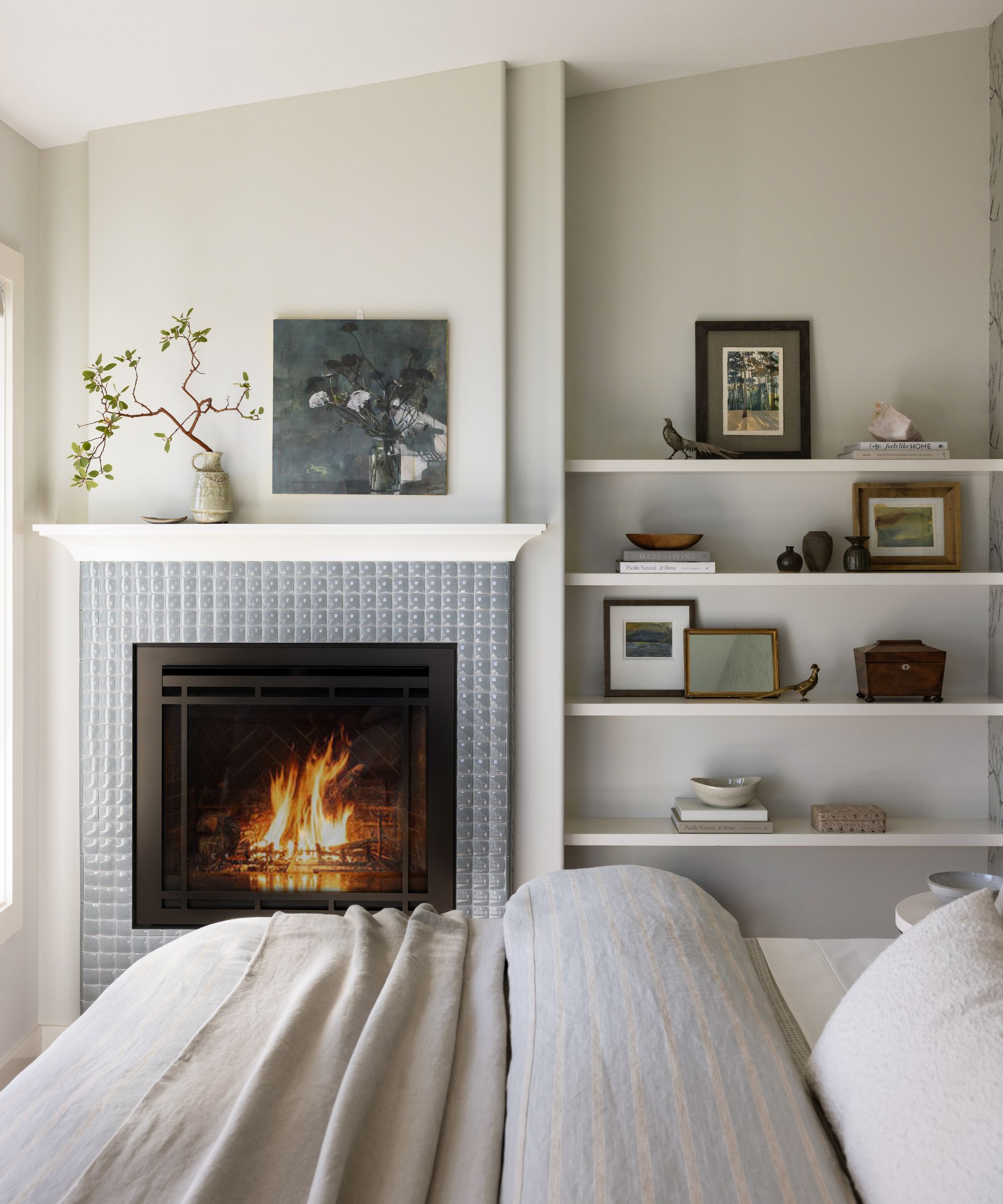
In this bedroom, designer Marianne Jones of Marianne Jones Design cleverly layered various white paints to maintain a relaxing look and feel without feeling flat.
'The colors used in this quiet and serene primary suite are Sherwin-Williams' Frosty White, the trim is Alabaster, and the ceiling is Pure White. The color of Frosty White is a chameleon of blue-green-gray. The client's request was to create a spa-like feel in her primary suite. The color takes on a reflection of the lake and sky adjacent,' says Marianne.
11. Focus on textural layering
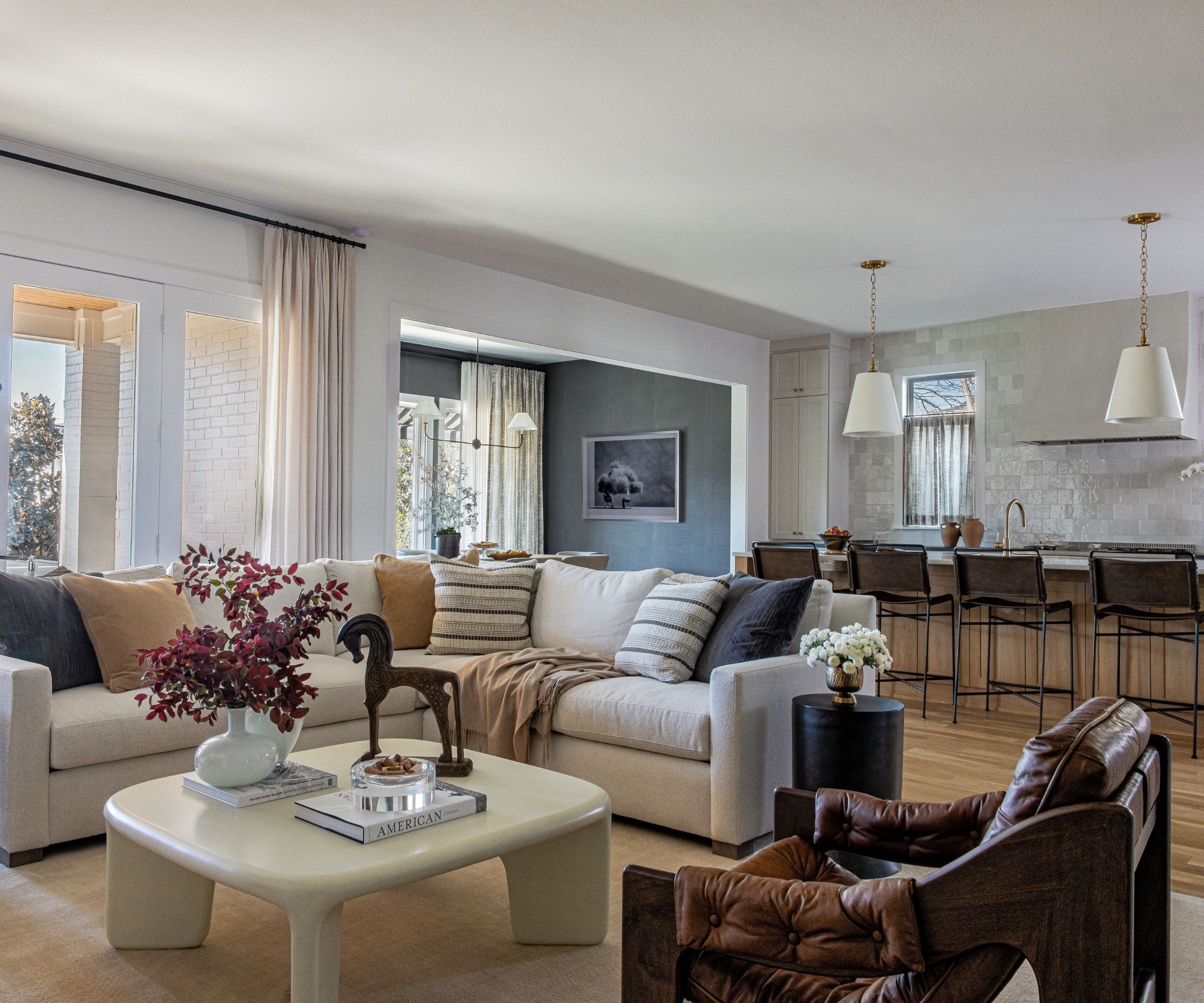
'To make a neutral room more exciting, focus on textural layering,' advises interior designer Sarah Hargrave of Dallas-based The Collective, as demonstrated in this neutral living room. 'Combine different materials – think linen, velvet, and bouclé – with rich wood tones to add warmth and character.'
'Mix old and new accessories, like vintage brass candlesticks paired with modern ceramics, to create a collected and dynamic look. Incorporating varied shapes, subtle patterns, and natural materials ensures the space feels dimensional and inviting while maintaining its neutral palette,' Sarah adds.
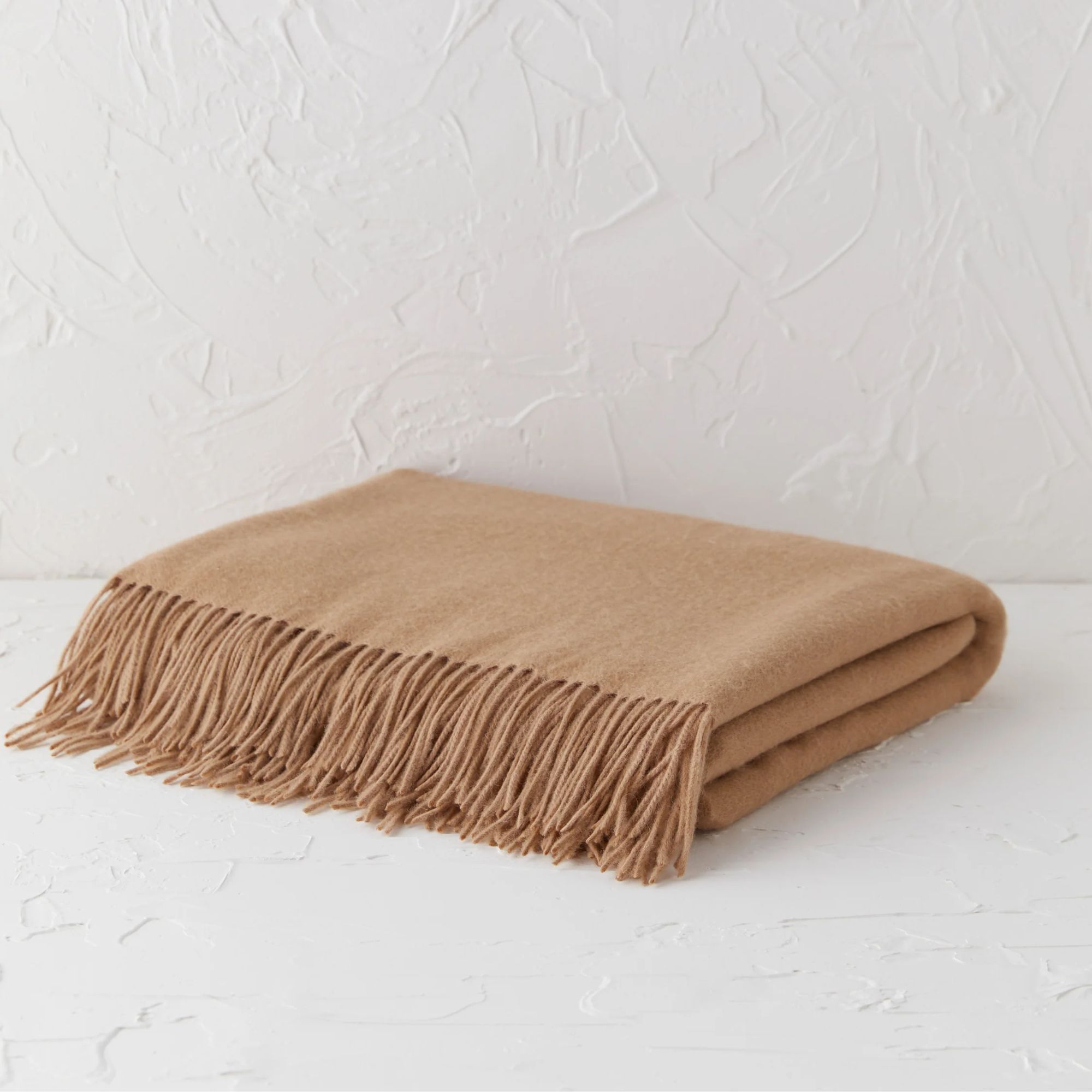
You can't go wrong with a classic lambswool throw, and this one in the shade 'camel' is a timeless, cozy choice.
12. Create a modern scheme
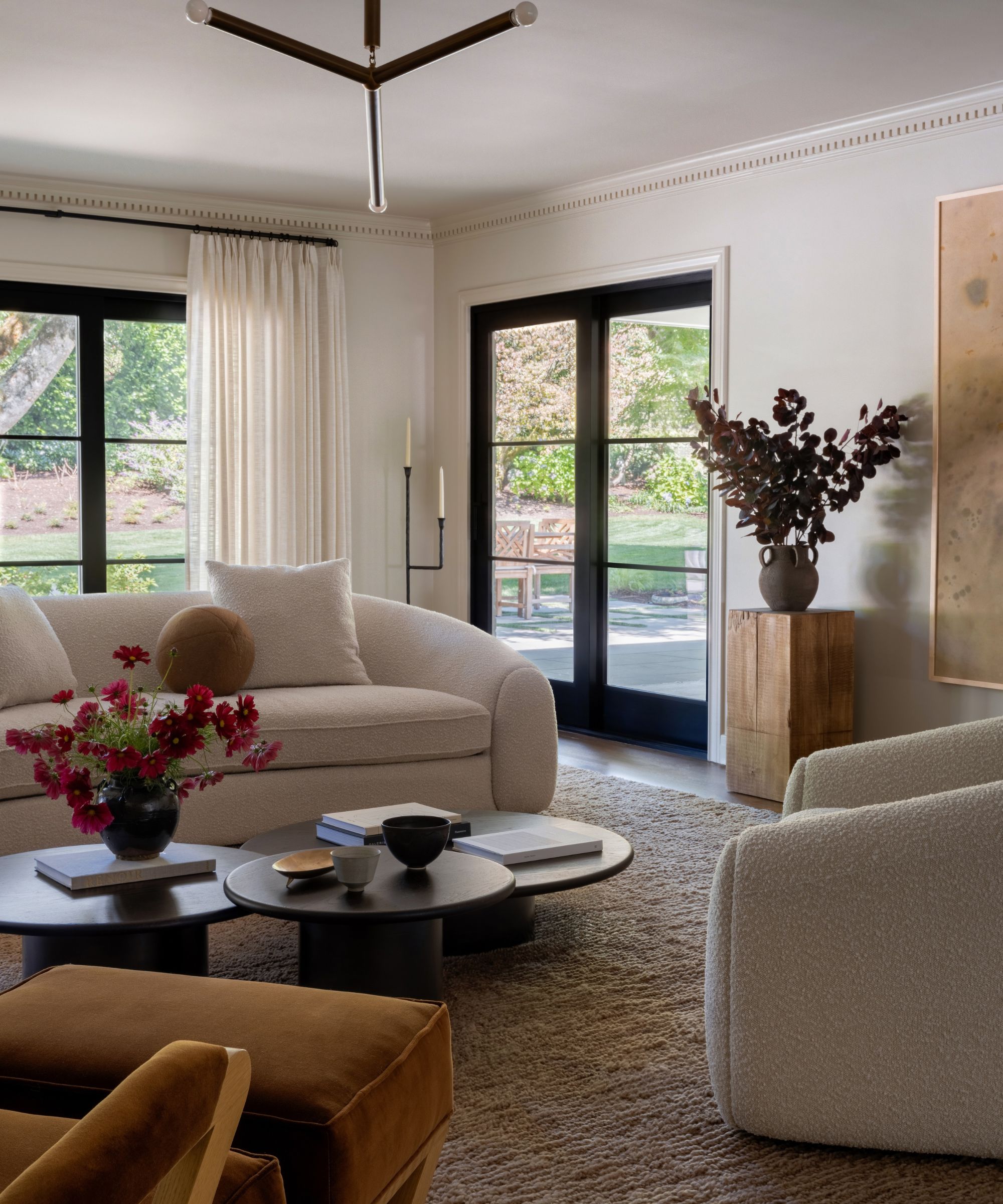
Consider adding black accents to add depth to your neutral scheme, an especially good choice for modern decorating ideas, as seen in this space designed by Grayhaus Interiors.
'This neutral palette was curated to create a sense of warmth, sophistication, and timeless modernity. Layered textures like boucle, cut wool, natural wood, and velvet add depth and dimension, preventing the space from feeling flat. Black and brass accents in the doors, tables, and lighting provide contrast, anchoring the design while allowing soft, earthy tones to take center stage. The result is a serene and inviting living space that feels both modern and effortlessly comfortable,' says Sara Gray of Grayhaus Interiors.
13. Add drama with dark and moody paints
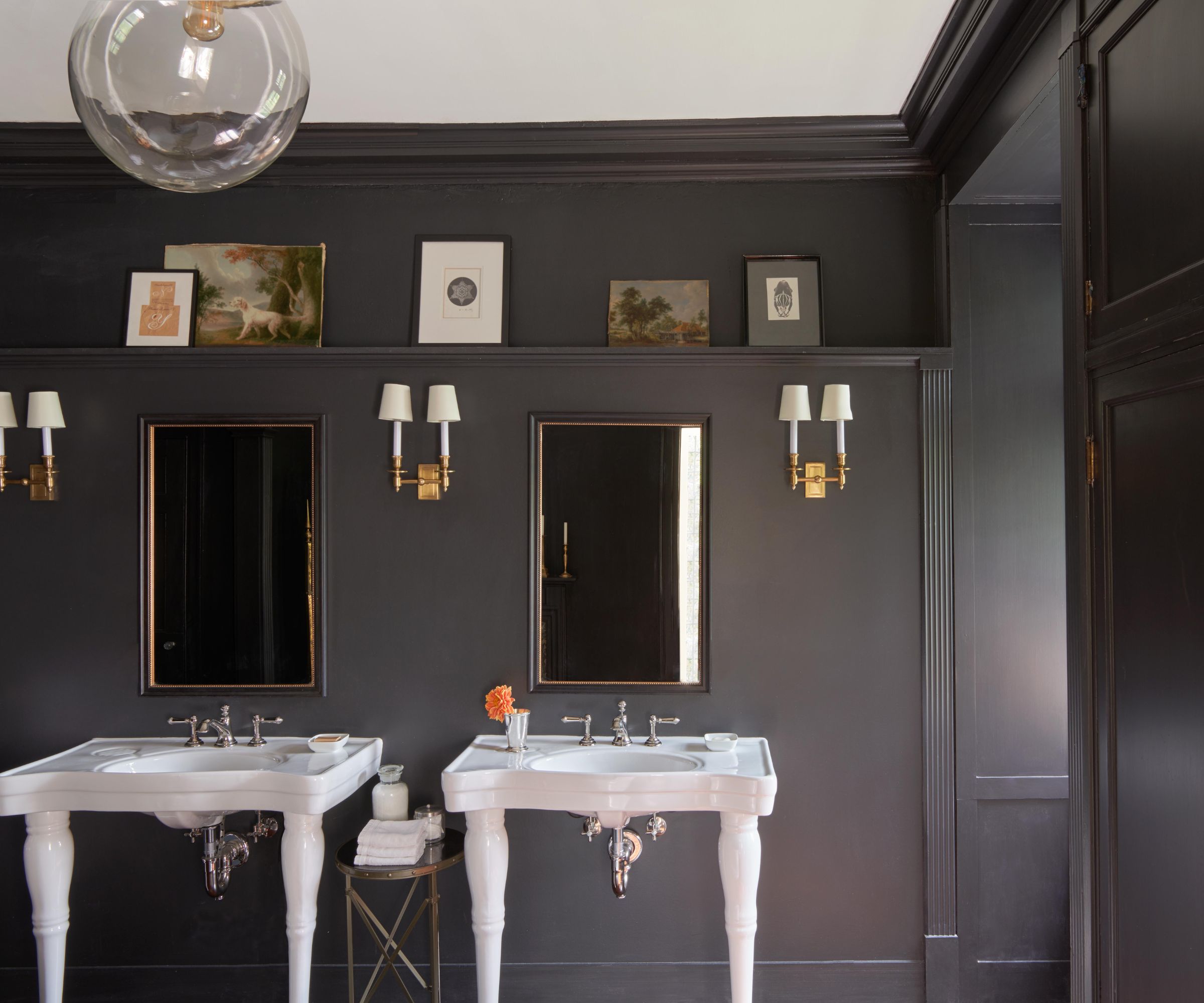
Decorating with neutrals isn't just about light neutral paints, but dark tones too. If you want to create a moody, statement look, consider going bold with dark paints on the walls.
'We love Sherwin-Williams' Iron Ore,' says designer Lina Galvao of Curated Nest Interiors. 'This is a dark grey, almost black tone that works well when you want a 'black' feel but less stark. Iron Ore will render as black in most spaces but with a much softer appeal. It's still important to test the color in the actual lighting of the intended space, as it will render differently in spaces with warmer or cooler light. We like this color especially for painted window panes, vanities, and accent walls.'
14. Add character with vintage pieces
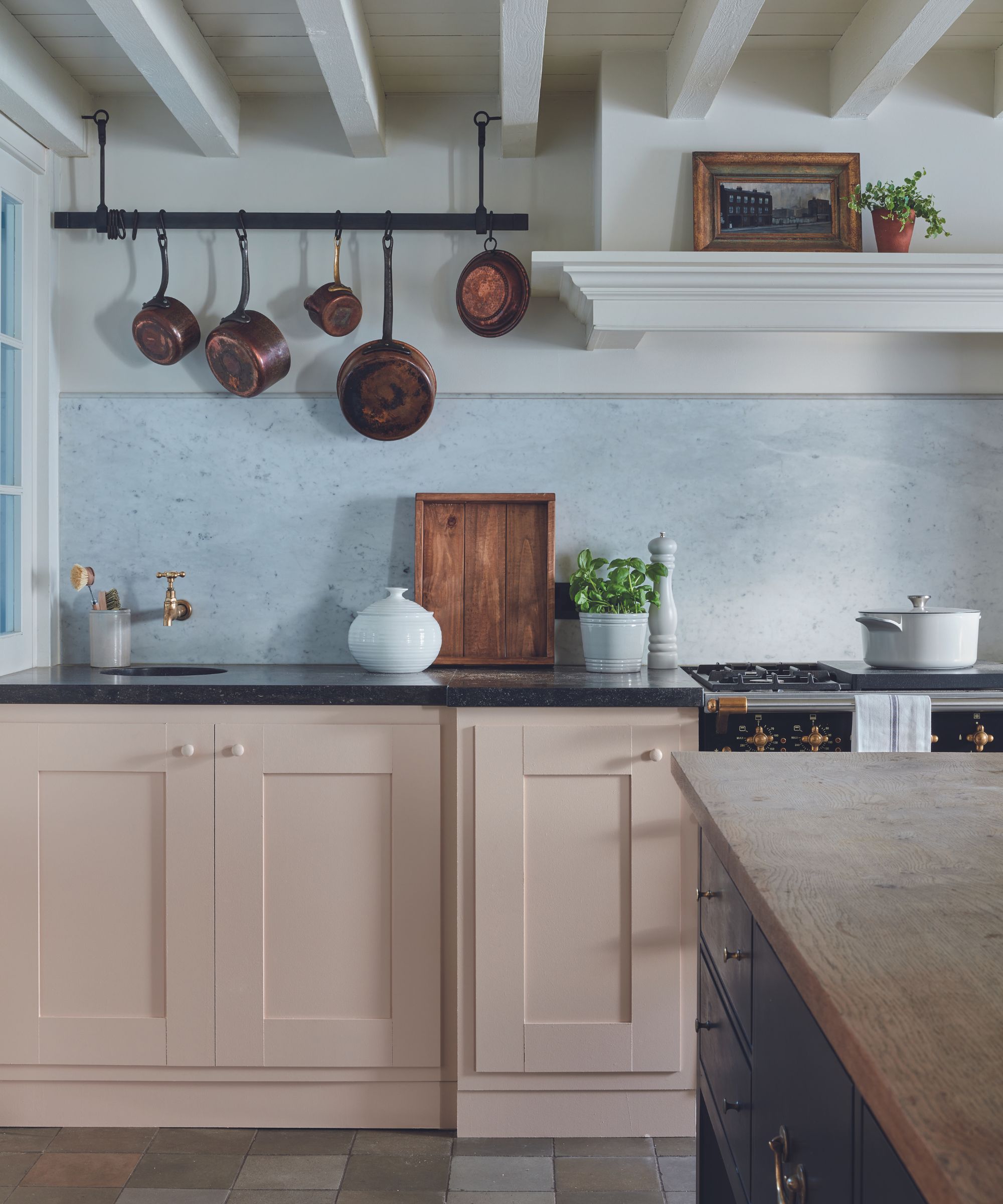
Decorating with vintage is a great way to elevate a neutral room – adding character and charm that often can't be achieved in the same way with new pieces.
'One way to elevate a neutral space, and keep it from feeling flat, is to incorporate unique, non-trendy pieces – antiques, reclaimed materials, or handcrafted elements – that add character and depth,' explains designer Caron Woolsey, founder and principal designer at CW Interiors.
15. Create a light and airy dining room
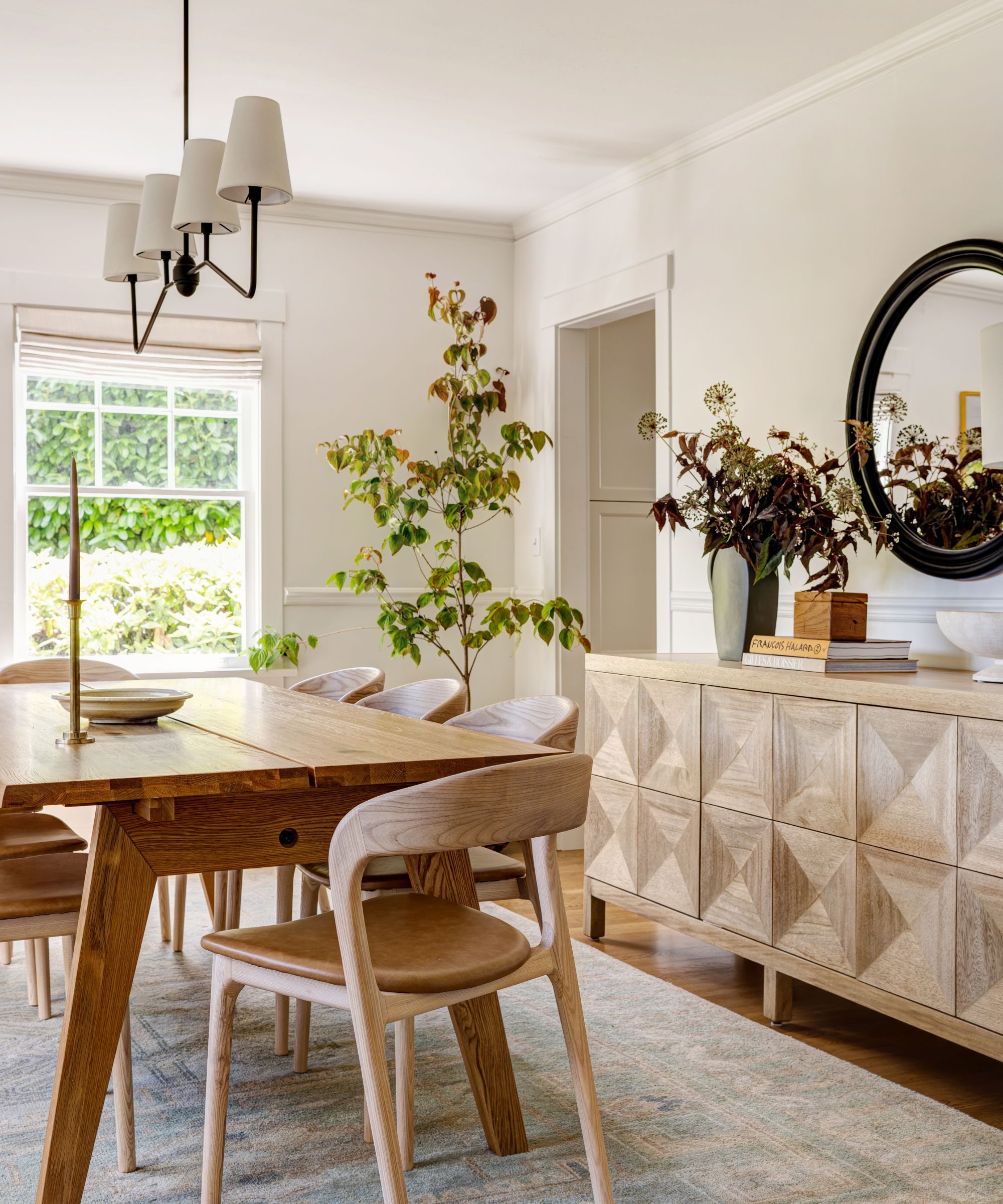
While dining room color schemes can often embrace bold hues, sticking to neutrals is a good choice if you want to keep things timeless. Take inspiration from this dining room designed by Emily Ruff of Cohesively Curated Interiors which maximizes the room's natural light with its palette of soft and delicate neutral tones.
From the light neutral walls to the soft wood tones, the room feels serene and beyond the trends, complete with a pop of greenery that enhances the natural look.
16. Add an unexpected color
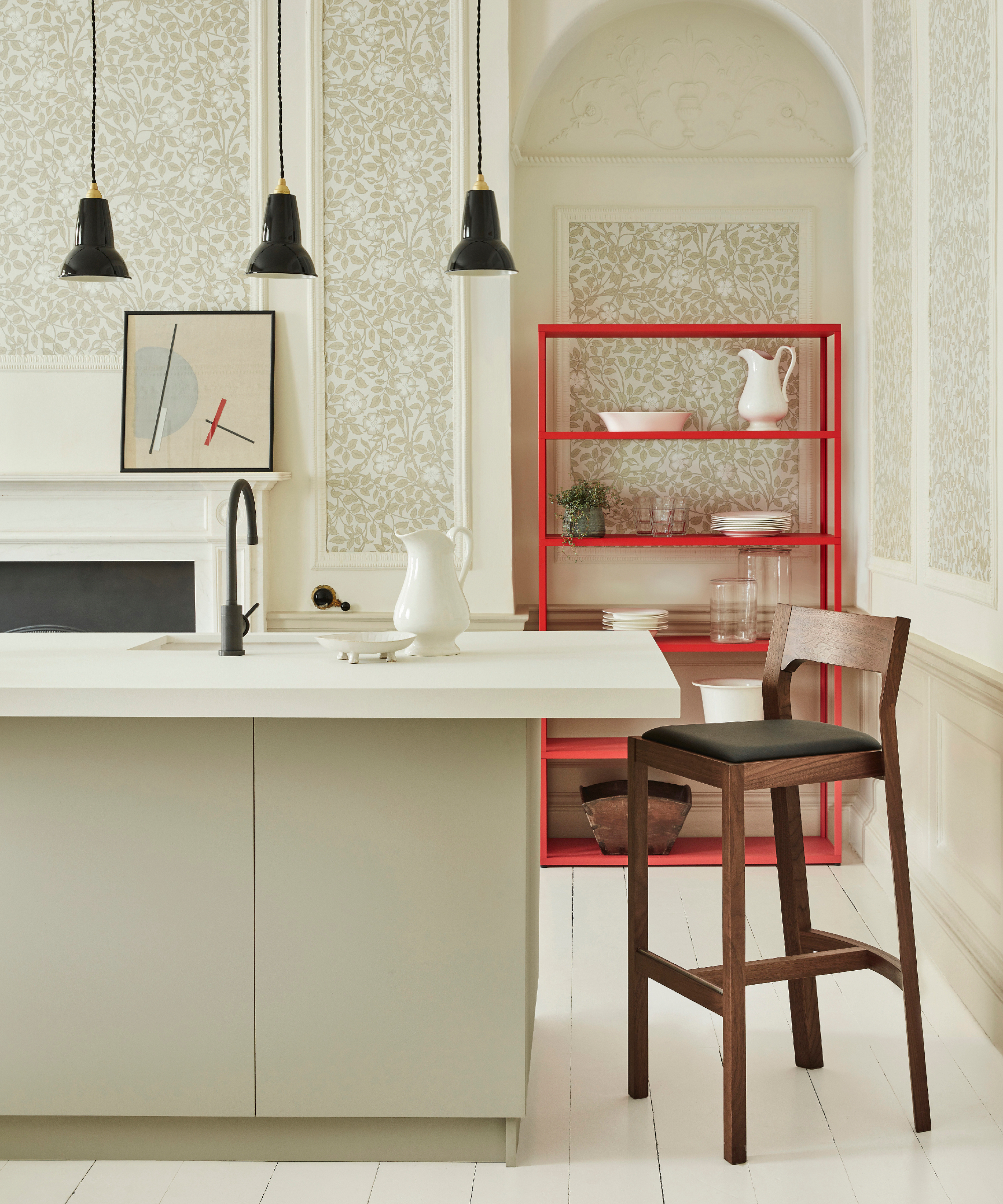
While it may sound counterintuitive, adding a pop of color to your neutral room is an effective way to add interest, stopping neutrals layered on neutrals feeling too expected. Demonstrating the unexpected red theory, this red shelving unit in this kitchen adds a playful element to the room.
'Add vibrant accessories to introduce color,' suggests interior designer Swati Goorha. 'Pillows, throws, rugs, and curtains are easy ways to bring in hues like deep blues, mustard yellows, or jewel tones. A bold artwork on the wall can also inject personality and focal interest into the room.'
17. Boost warmth with a plush rug
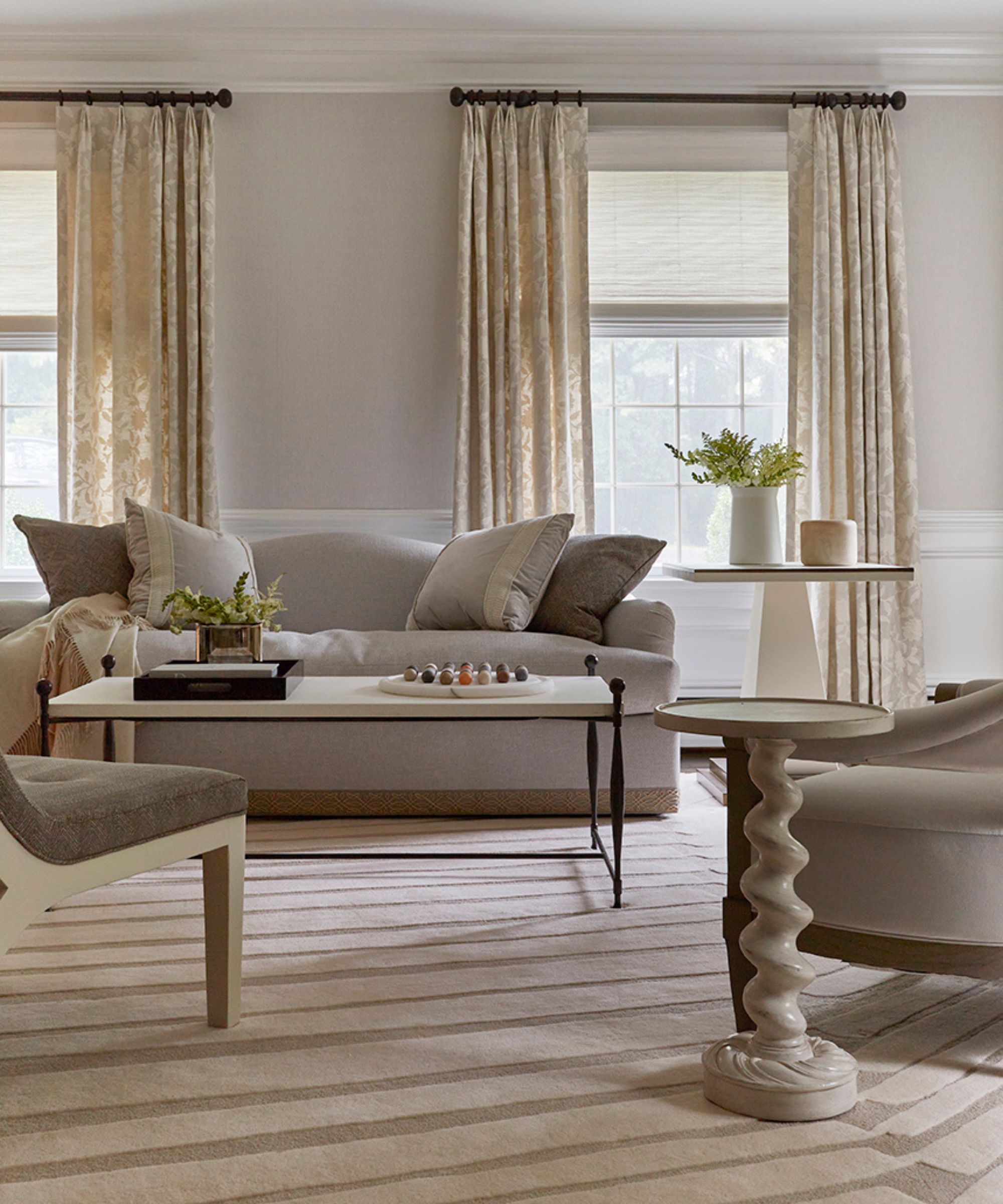
Choosing a carpet or rug adds a layer of textural interest underfoot in neutral rooms while adding warmth to living rooms or bedrooms.
'Texture is essential in a neutral palette. Incorporate elements like plush rugs, woven fabrics, rich upholstery, and subtle patterns to add dimension without overwhelming the space,' says designer Virginia Toledo of Toledo Geller. 'A neutral color palette allows furnishings and architectural elements to shine, creating a timeless and versatile foundation that feels both calming and elegant.'
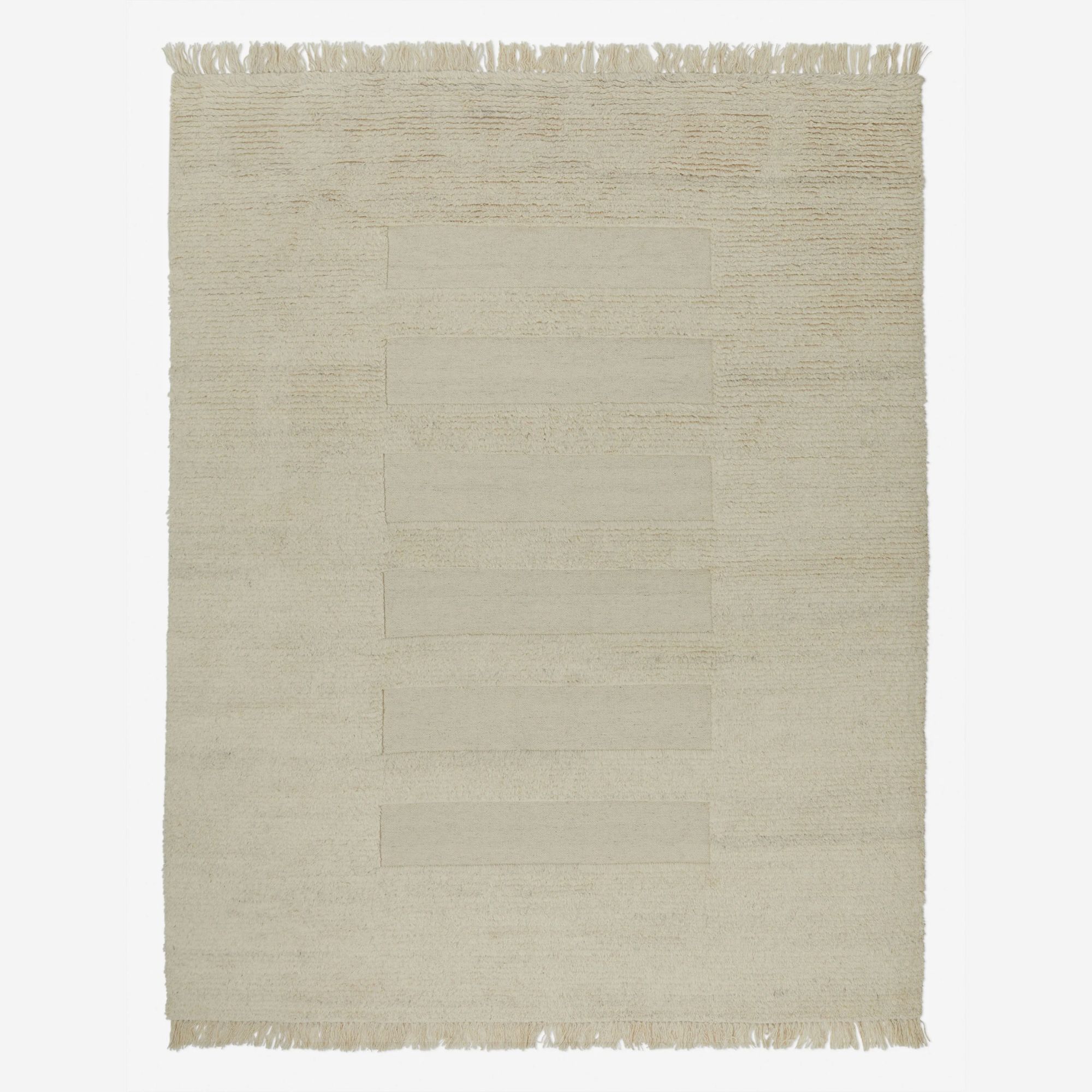
Keep things classic and understated with this wool rug in a timeless shade of ivory.
When designed thoughtfully, a neutral interior scheme offers sophistication and timelessness, without feeling boring. Whether you explore the best neutral paints to begin your scheme or add depth to an existing neutral space through tactile elements, a neutral room is all about tasteful layering for visual interest.
Sign up to the Homes & Gardens newsletter
Design expertise in your inbox – from inspiring decorating ideas and beautiful celebrity homes to practical gardening advice and shopping round-ups.

Emily is a freelance interior design writer based in Scotland. Prior to going freelance in the spring of 2025, Emily was Homes & Gardens’ Paint & Color Editor, covering all things color across interiors and home decor for the Homes & Gardens website. Having gained specific expertise in this area, Emily is well-versed in writing about the latest color trends and is passionate about helping homeowners understand the importance of color psychology in home design. Her own interior design style reflects the simplicity of mid-century design and she loves sourcing vintage furniture finds for her tenement flat.
You must confirm your public display name before commenting
Please logout and then login again, you will then be prompted to enter your display name.
-
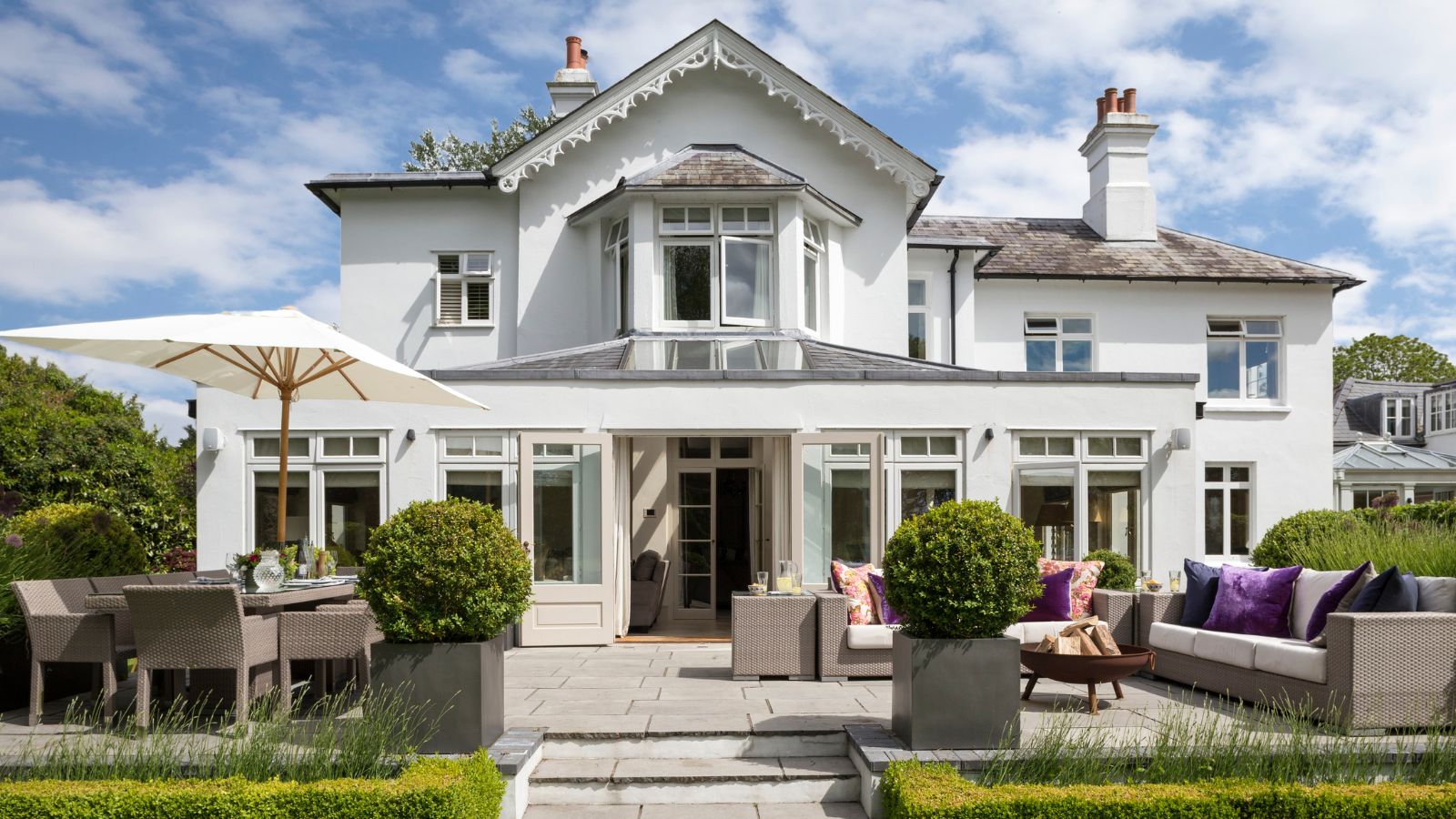 5 vital ways a home battery backup can help with your most urgent needs in a power outage – from heating to flood prevention and calls
5 vital ways a home battery backup can help with your most urgent needs in a power outage – from heating to flood prevention and callsExperts say they're a worthy investment
By Clement Feng Published
-
 Is the viral salt hack the secret to a weed-free patio? A garden expert warns of irreparable, long-term damage – plus reveals the safest way to get results
Is the viral salt hack the secret to a weed-free patio? A garden expert warns of irreparable, long-term damage – plus reveals the safest way to get resultsYou might have seen gardeners on TikTok or Instagram using salt to kill weeds in pavers, but this hack should be avoided at all costs
By Thomas Rutter Published
